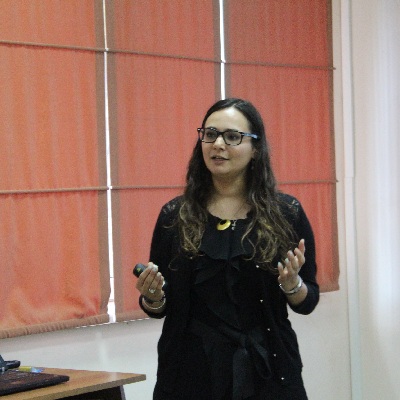On Wednesday, May 27th, Maryam Naghsh Nejad from Institute for the Study of Labor (IZA-Bonn) presented her work in progress “Children of Afghan Migrants in Iran” to the ISET community. The study tries to identify whether there are disparities between Iranian natives and Afghan immigrants and what the sources of these discrepancies are.
As Ms. Naghsh Nejad pointed out, Afghan refugees are one of the largest displaced population in the world. According to the data retrieved for 2012, there were between 2.4 to 3 million Afghan immigrants living in Iran. Afghan refugees started to arrive in Iran from 1978, in several different waves. Iran, a host country, did accept Afghan refugees but its policy towards these people has never been stable.
For example, in 1995 their repatriation was suspended for three years and in 2001 legislation on employment of refugees was tightened.
So, even though Iran is definitely a safer place to live compared to Afghanistan, immigrants still have to overcome a number of barriers in order to achieve the quality of life compared to natives.
The study is based on the Integrated Public Use Micro data Series, which includes up to 20 thousand Afghan citizens. According to the summary statistics, on average Afghani citizens are younger than natives, have lower level of education and employment, higher probability of being employed at elementary jobs and larger families.
At the current stage of the ongoing research, results show that not only the first generation of Afghani immigrants, but also the second generation is less likely to attend school in all age categories. The study has yet to look more into other dimensions of disparities and the reasons of these discrepancies, but Ms. Naghsh Nejad already hypothesized two potential explanations: discrimination and preferences.
The presentation was very interactive, as the audience was very curious to know more about the topic. Ms. Naghsh Nejad was keen on hearing back the feedback and advice on her work in progress. ISET faculty provided valuable comments and ideas for further improvement of the research. ISET would like to thank Maryam Naghsh Nejad for an interesting talk.











